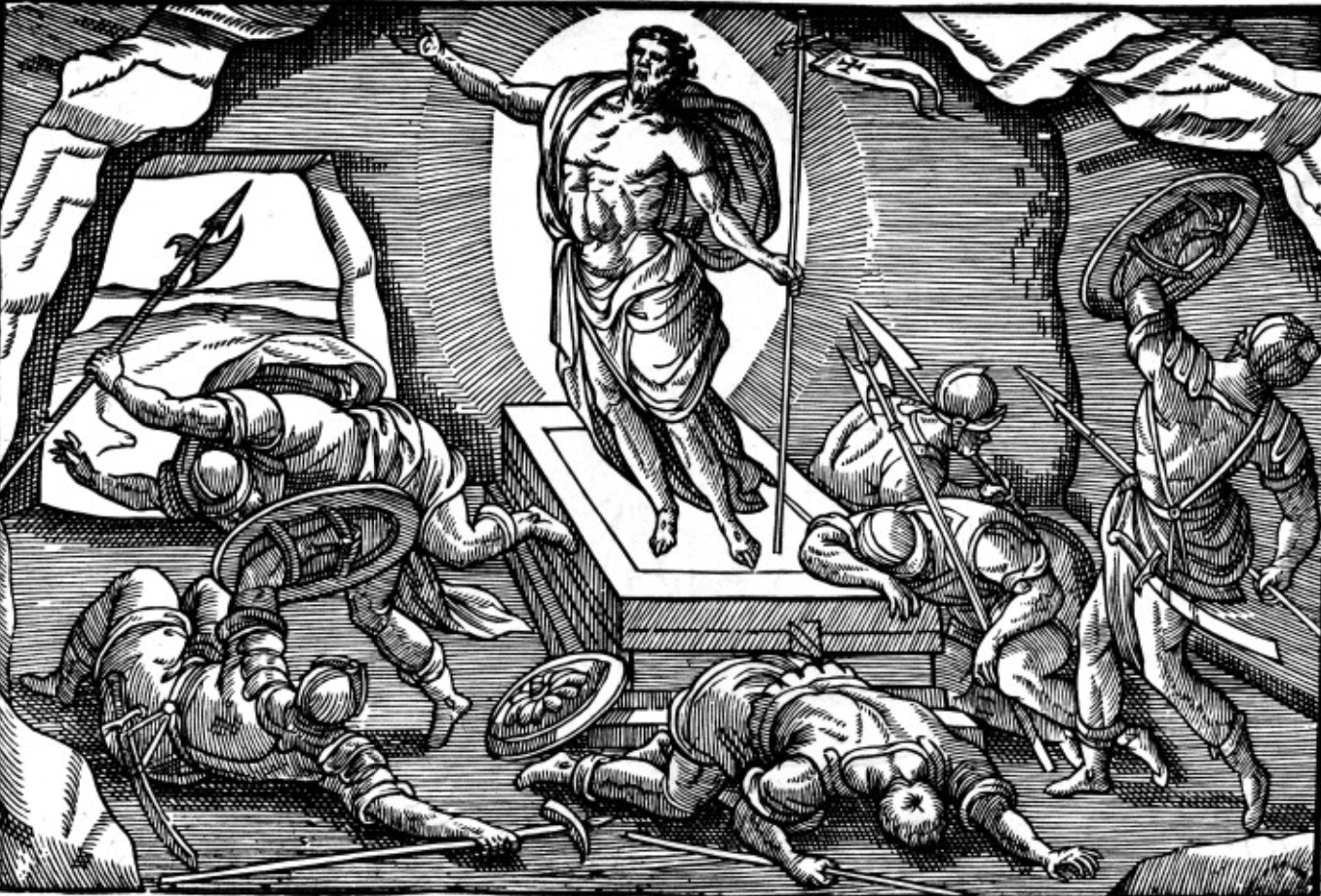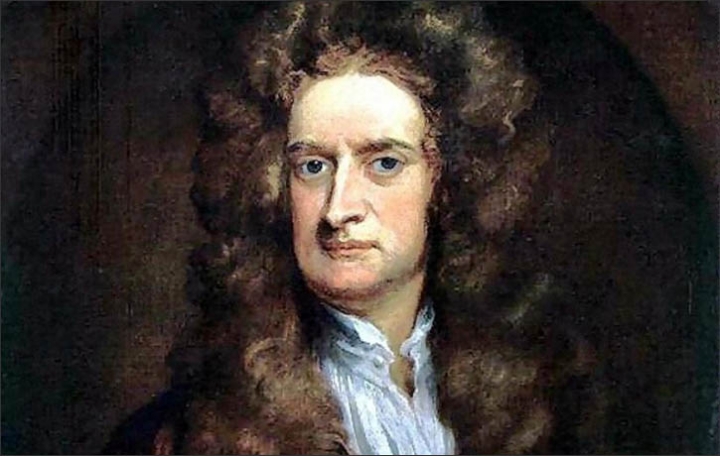The story of Jean-Michel Basquiat has its unfortunate aspects: not just his premature death, but also the aggressive marketing of his work and persona in the years leading up to it. He became a vogue artist of the eighties in part because he could be taken as an unfiltered voice of the street, crafting his outsider-artistic visions on pure, untutored impulse. But despite genuinely having come from a poor, troubled background — and lived according to what seems to have been a strong anti-academic inclination — Basquiat’s professional development was much more serious and deliberate than many of his buyers could have imagined.
“At the beginning of his career, Basquiat went out and bought two books,” says the narrator of the Make Art Not Content video above, “two books that would inform all of his work.” One was Henry Dreyfuss’ Symbol Sourcebook: An Authoritative Guide to International Graphic Symbols, which “would end up providing source material for almost all of the 1,500 drawings and 600 paintings that he left behind.”
The other was Robert Farris Thompson’s Flash of the Spirit: Afro-American Art & Philosophy, which gave him a “guiding ideology” to get him past the inevitable artistic roadblocks: he could always return to “the under-representation of black art in the established art world,” and “when you have a message, art comes out of you easily.”
But Basquiat also had the advantage of being able to work very quickly indeed, which is what brought him to the attention of Andy Warhol: “When one of the most prolific artists of all time is jealous of your speed, you know you’re doing something right.” Thinking too much interrupts your flow, but if you create as fast as you can, thoughts won’t have a chance to intrude. And remember, “most of the flow that you will have while making art will come from all the things you are doing when you are not making art.” Sadly, Basquiat died before the age of the internet — but if he hadn’t, you can bet he’d be spending his downtime absorbing something more interesting than social media.
Related Content:
The Revolutionary Paintings of Jean-Michel Basquiat: A Video Essay
The Story of Jean-Michel Basquiat’s Rise in the 1980s Art World Gets Told in a New Graphic Novel
The Odd Couple: Jean-Michel Basquiat and Andy Warhol, 1986
Based in Seoul, Colin Marshall writes and broadcasts on cities, language, and culture. His projects include the Substack newsletter Books on Cities and the book The Stateless City: a Walk through 21st-Century Los Angeles. Follow him on the social network formerly known as Twitter at @colinmarshall.







